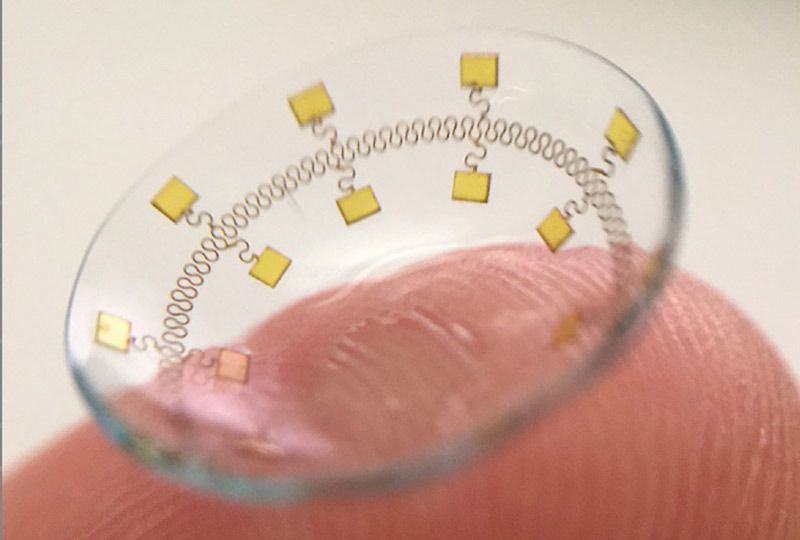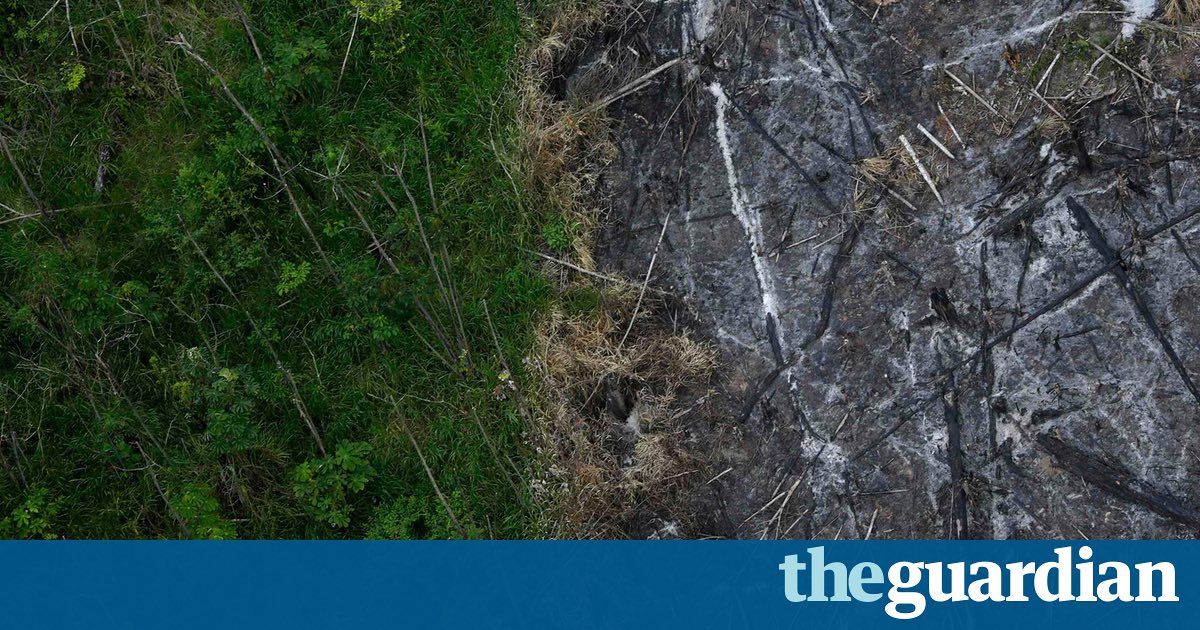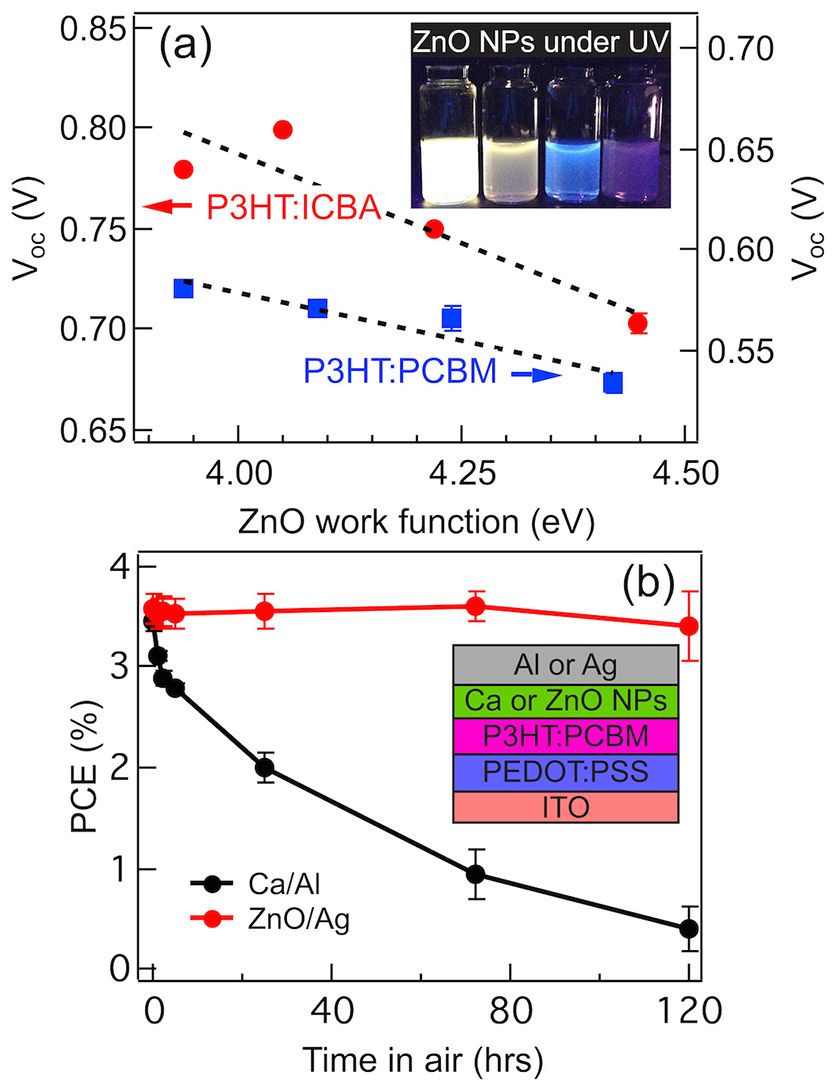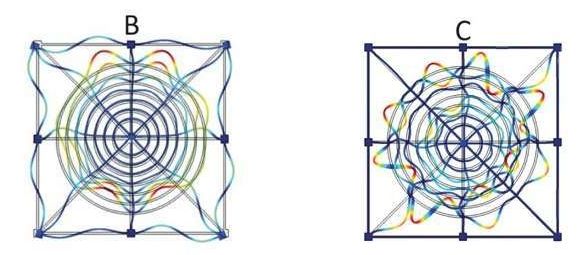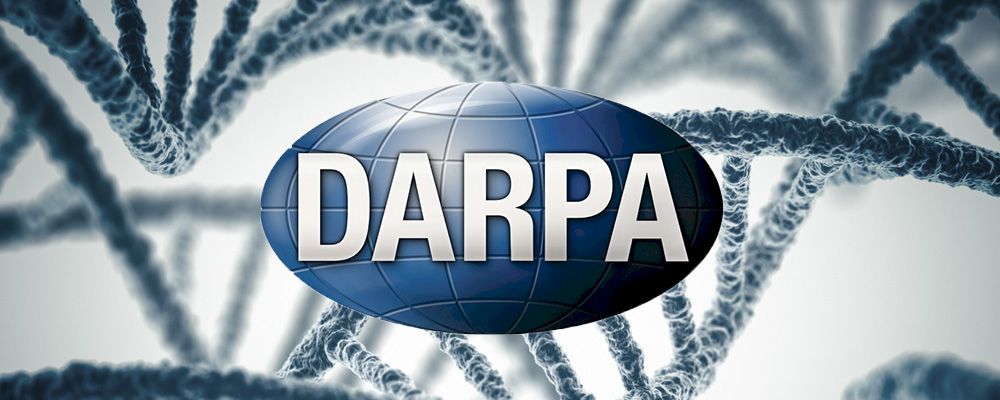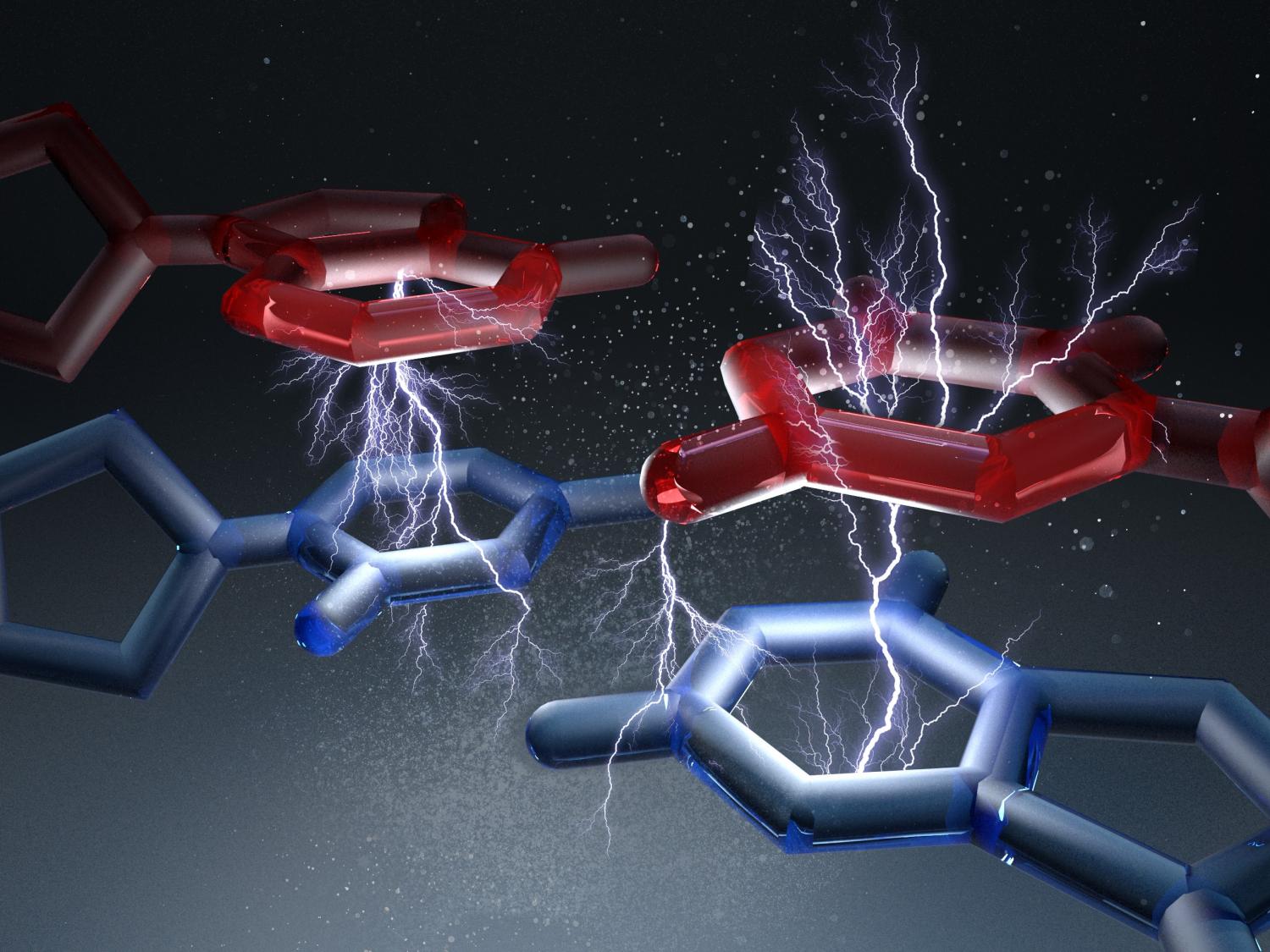Page 10878
Sep 8, 2016
This Telescope Will Probe Alien Atmospheres
Posted by Klaus Baldauf in category: alien life
The PLANETS telescope will be our first step to seeking out biosignatures in exoplanetary atmospheres.
Sep 8, 2016
LIVE NOW: We’re launching to an asteroid!
Posted by Dan Kummer in category: space travel

Watch live coverage of our OSIRIS-REx spacecraft lift off at 7:05 p.m. EDT aboard an Atlas V rocket on a mission to explore asteroid Bennu and return a sample to Earth.
Sep 8, 2016
Humans have destroyed a tenth of Earth’s wilderness in 25 years – study
Posted by Blair Erickson in category: futurism
Humans have failed to understand, we can’t make a new wilderness in a factory once the natural world is gone.
At the current rate, our future generations will only be able to experience what the wilderness was in historical documents.
Sep 8, 2016
Room-temperature deposition of interfacial contact layers for organic photovoltaics
Posted by Karen Hurst in category: innovation
Nice breakthrough.
Solution-processing methods are used to synthesize metal-oxide nanoparticle suspensions and thus realize efficient and stable devices.
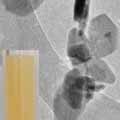
Sep 8, 2016
Sound-proof metamaterial inspired by spider webs
Posted by Karen Hurst in category: materials
Spider silk is well-known for its unusual combination of being both lightweight and extremely strong—in some cases, stronger than steel. Due to these properties, researchers have been developing spider-silk-inspired materials for potential applications such as durable yet lightweight clothing, bullet-proof vests, and parachutes.
But so far, the acoustic properties of spider webs have not yet been explored. Now in a new study, a team of researchers from Italy, France and the UK has designed an acoustic metamaterial (which is a material made of periodically repeating structures) influenced by the intricate spider web architecture of the golden silk orb-weaver, also called the Nephila spider.
“There has been much work in the field of metamaterials in recent years to find the most efficient configurations for wave attenuation and manipulation,” coauthor Federico Bosia, a physicist at the University of Torino in Italy, told Phys.org. “We have found that the spider web architecture, combined with the variable elastic properties of radial and circumferential silk, is capable of attenuating and absorbing vibrations in wide frequency ranges, despite being lightweight.”
Continue reading “Sound-proof metamaterial inspired by spider webs” »
Sep 8, 2016
NASA — National Aeronautics and Space Administration
Posted by Dan Kummer in category: space travel

LIVE NOW: We’re launching to an asteroid! Watch live coverage of our OSIRIS-REx spacecraft lift off at 7:05 p.m. EDT aboard an Atlas V rocket on a mission to explore asteroid Bennu and return a sample to Earth.
Sep 8, 2016
DARPA developing security tools for gene editing
Posted by Karen Hurst in categories: bioengineering, biotech/medical, military, security
DARPA’s answer in defending the US from Gene Editing Warfare.
DARPA has announced a new program to develop security procedures and remedial protocols to protect against the misuse of gene editing technologies.
Sep 8, 2016
Bacteria supply their allies with munitions
Posted by Karen Hurst in category: nanotechnology
Many bacteria possess molecular spear guns, which they fire at enemies and rivals, thus putting them out of action. The tips of these nano-spear guns, known as Type VI secretion system (T6SS), are loaded with toxic molecules that lead to death of their adversaries. However, sometimes close related bacteria come under fire. The team of Prof. Marek Basler, infection biologist at the Biozentrum of the University of Basel, has shown for the first time, that in contrast to their enemies the harpooned sister cells actually profit from the attack: After a T6SS injection, they are able to reuse specific proteins to produce their own spear guns. Thus the related bacterial strains help each other to enlarge their arsenal of weapons and to fight their competitors.
Bacteria harpoon their opponents — and their allies.
The T6SS is firmly attached to the bacterial cell envelop. The tiny spear with a sharp tip is surrounded by a flexible sheath. “When bacteria fire their spear guns, the sheath rapidly contracts in just a few milliseconds and ejects the spear out of the cell into by-standing bacteria,” says Basler describing the mechanism. “The attackers then recycle the harpoon proteins remaining in the cell.” In this maneuver, the bacteria also hit related bacterial strains that do the same as the attackers: They disassemble the harpoon into their protein components and reuse these for new T6SS assembly.
Continue reading “Bacteria supply their allies with munitions” »
Sep 8, 2016
Measuring forces in the DNA molecule
Posted by Karen Hurst in categories: biotech/medical, genetics
DNA, our genetic material, normally has the structure of a twisted rope ladder. Experts call this structure a double helix. Among other things, it is stabilized by stacking forces between base pairs. Scientists at the Technical University of Munich (TUM) have succeeded at measuring these forces for the very first time on the level of single base pairs. This new knowledge could help to construct precise molecular machines out of DNA. The researchers published their findings in the journal Science.
Over 60 years ago, the researchers Crick and Watson identified the structure of deoxyribonucleic acid, which is more commonly known as DNA. They compared the double helix to a rope ladder that had been twisted into a spiral. The rungs of this ladder consisted of guanine/cytosine and thymine/adenine base pairs. But what keeps the DNA strands in that spiral structure?
